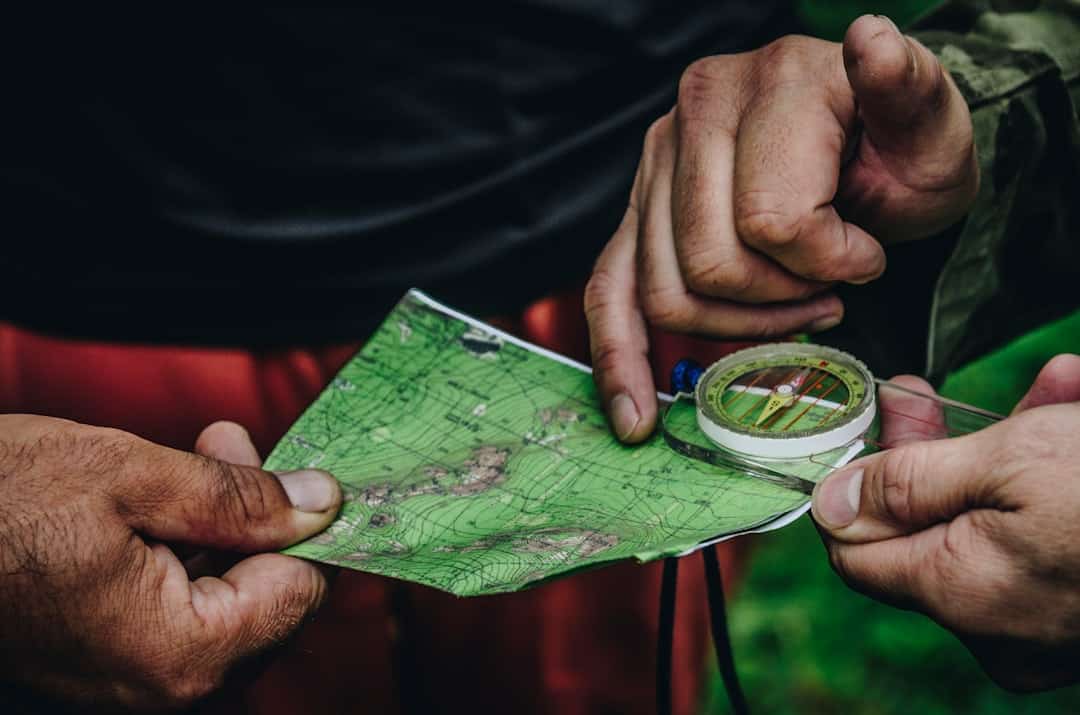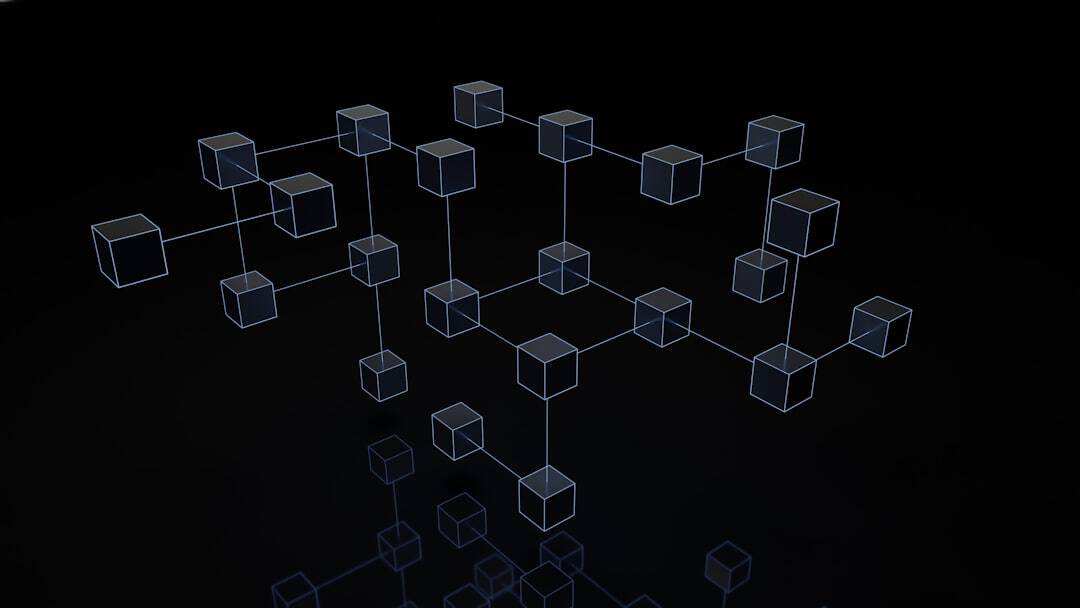Graph networks are a fundamental concept in artificial intelligence and machine learning, providing a structured approach to representing relationships between entities. These networks consist of nodes, which represent individual objects or elements, and edges, which denote the connections or interactions between these nodes. This framework enables the modeling of intricate relationships and dependencies across diverse domains, including social networks, biological systems, and technological infrastructures.
The versatility of graph networks is evident in their various forms. They can be directed, where edges have a specific orientation, or undirected, where connections are bidirectional. Additionally, edges can be weighted to represent the strength or importance of relationships, or unweighted for simple binary connections.
Multiple edges between the same pair of nodes are also possible, allowing for the representation of different types of relationships simultaneously. This flexibility makes graph networks exceptionally useful for analyzing complex systems. They can effectively model simple social connections between individuals, as well as intricate molecular interactions in chemical compounds.
The intuitive nature of graph representations, combined with their mathematical formalism, provides researchers and practitioners with a powerful tool for understanding, analyzing, and predicting behaviors in interconnected systems across various scientific and technological fields.
Key Takeaways
- Graph networks are a powerful tool for representing and analyzing complex relationships and connections in data.
- Graph networks have the potential to revolutionize AI and machine learning by enabling more accurate and efficient modeling of real-world systems.
- Understanding the intricate connections within graph networks can lead to valuable insights and predictions in various fields such as finance, healthcare, and transportation.
- Graph networks play a crucial role in social networks and recommendation systems by capturing and leveraging the relationships between users and items.
- The applications of graph networks in biology and chemistry are vast, from modeling protein interactions to predicting molecular properties.
The Power of Graph Networks in AI and Machine Learning
Limitations of Traditional Machine Learning Models
In traditional machine learning models, such as neural networks, data is typically represented as a set of features or attributes. While these models are effective for tasks such as image recognition or natural language processing, they struggle to capture the complex relationships and dependencies present in many real-world problems.
Advantages of Graph Networks
Graph networks, on the other hand, are well-suited for tasks that involve relational reasoning, such as social network analysis, recommendation systems, and biological network analysis. By representing data as a graph, machine learning models can leverage the rich structure of the data to make more accurate predictions and decisions.
Graph neural networks: A Promising Solution
This has led to the development of graph neural networks, which are specifically designed to operate on graph-structured data and have shown promising results in a wide range of applications.
Unraveling the Complex Connections of Graph Networks

One of the key strengths of graph networks is their ability to unravel and analyze complex connections between entities. In a social network, for example, individuals are represented as nodes, and their relationships are represented as edges. By analyzing the structure of the network, it is possible to uncover important patterns and insights, such as influential individuals or communities within the network.
In addition to social networks, graph networks are also used to analyze complex systems in biology and chemistry. In biological networks, nodes may represent genes or proteins, and edges may represent interactions or dependencies between them. By analyzing these networks, researchers can gain a deeper understanding of biological processes and identify potential targets for drug development.
Similarly, in chemistry, graph networks are used to represent molecular structures and analyze their properties and interactions.
The Role of Graph Networks in Social Networks and Recommendation Systems
| Metrics | Description |
|---|---|
| Node Degree | The number of connections a node has in the graph network |
| Centrality Measures | Metrics such as betweenness centrality and closeness centrality to identify important nodes in the network |
| Community Detection | Algorithms to identify clusters or communities within the network |
| Recommendation Accuracy | Measure of how accurately the recommendation system predicts user preferences |
| Scalability | Ability of the graph network to handle large amounts of data and users |
Graph networks play a crucial role in social networks and recommendation systems by enabling the analysis of complex relationships and dependencies between individuals and items. In social networks, graph networks are used to identify influential individuals, detect communities, and analyze the spread of information or influence within the network. This information can be used for targeted marketing, identifying key opinion leaders, or understanding the dynamics of social interactions.
In recommendation systems, graph networks are used to model the relationships between users and items, such as movies or products. By analyzing the structure of the network, recommendation systems can make personalized recommendations based on the preferences and behaviors of similar users. This allows for more accurate and effective recommendations compared to traditional approaches that rely solely on user-item interactions.
Exploring the Applications of Graph Networks in Biology and Chemistry
Graph networks have a wide range of applications in biology and chemistry due to their ability to represent complex relationships and dependencies within these domains. In biology, graph networks are used to model gene regulatory networks, protein-protein interaction networks, and metabolic pathways. By analyzing these networks, researchers can gain insights into the underlying mechanisms of diseases, identify potential drug targets, and predict the effects of genetic mutations.
In chemistry, graph networks are used to represent molecular structures and analyze their properties and interactions. This allows researchers to predict chemical reactions, design new molecules with specific properties, and understand the structure-activity relationships of drugs. Graph networks have also been used to analyze the structure of materials, such as crystals or polymers, and optimize their properties for specific applications.
Challenges and Opportunities in Analyzing and Utilizing Graph Networks

Scalability of Graph Algorithms
One of the significant challenges is the scalability of graph algorithms, particularly for large-scale networks with millions or billions of nodes and edges. Developing efficient algorithms that can handle such large-scale networks is an active area of research in the field.
Interpretability of Graph Models
Another challenge is the interpretability of graph models, particularly for deep learning models that operate on graph-structured data. Understanding how these models make predictions and decisions is crucial for ensuring their reliability and trustworthiness in real-world applications. Researchers are working on developing methods for interpreting and explaining the behavior of graph models to address this challenge.
Applications of Graph Networks
Despite these challenges, there are many opportunities for utilizing graph networks in a wide range of domains. For example, in healthcare, graph networks can be used to analyze electronic health records, identify patterns of disease spread, and personalize treatment plans based on patient similarities. In finance, graph networks can be used to detect fraudulent activities, model financial transactions, and identify patterns of market manipulation.
The Future of Graph Networks: Advancements in AI and Beyond
The future of graph networks looks promising with advancements in artificial intelligence and beyond. In the field of AI, researchers are working on developing more powerful and efficient graph neural network architectures that can handle larger and more complex networks. These advancements will enable the application of graph networks to new domains and problems that were previously out of reach.
Beyond AI, graph networks have the potential to revolutionize many other fields, such as transportation, urban planning, and logistics. By modeling transportation networks as graphs, it is possible to optimize routes, reduce congestion, and improve the efficiency of public transportation systems. Similarly, in urban planning, graph networks can be used to model the interactions between different elements of a city, such as buildings, roads, parks, and utilities, to optimize urban design and sustainability.
In conclusion, graph networks are a powerful tool for representing complex relationships and dependencies in a wide range of domains. They have already shown great promise in AI and machine learning applications, such as social network analysis, recommendation systems, biology, and chemistry. As research in this field continues to advance, we can expect to see even more exciting applications of graph networks in the future across various domains.
If you’re interested in learning more about the potential future of the metaverse and how emerging technologies are shaping it, check out this article. It explores the latest trends and innovations in the metaverse, offering insights into how it may evolve in the coming years.
FAQs
What is a graph network?
A graph network is a data structure that consists of nodes (vertices) and edges (connections) that link the nodes together. It is used to represent relationships and connections between different entities.
What are the applications of graph networks?
Graph networks are used in various fields such as social networks, transportation networks, computer networks, and recommendation systems. They are also used in data analysis, pattern recognition, and optimization problems.
What are the types of graph networks?
There are several types of graph networks, including directed graphs (where edges have a specific direction), undirected graphs (where edges have no specific direction), weighted graphs (where edges have a weight or value), and many others.
How are graph networks represented?
Graph networks can be represented using various data structures such as adjacency matrices, adjacency lists, and edge lists. These representations are used to efficiently store and manipulate the nodes and edges of the graph.
What are some popular algorithms used with graph networks?
Some popular algorithms used with graph networks include Dijkstra’s algorithm for finding the shortest path, Kruskal’s algorithm for finding the minimum spanning tree, and PageRank algorithm for ranking web pages in search engines. These algorithms are used for various graph-related problems and tasks.











Leave a Reply